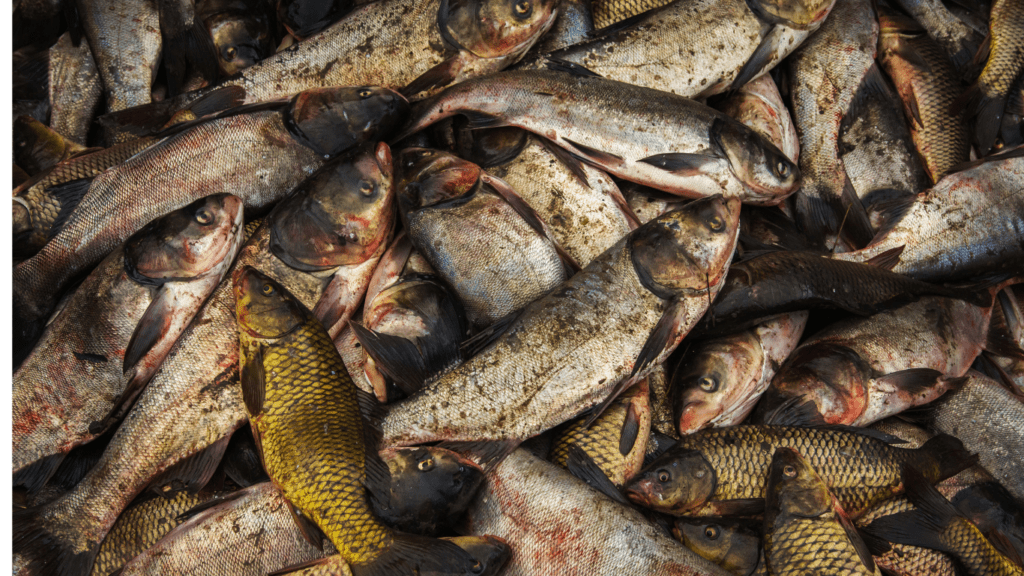Understanding Illegal Fishing
Illegal fishing encompasses activities that violate international, regional, or national fisheries laws. It’s a major driver of overfishing, undermining conservation efforts and legal fishing operations.
Defining Illegal Fishing
Illegal fishing includes breaches such as fishing without permits, exceeding quotas, or disregarding protected areas’ restrictions. These actions are often linked to organized networks, making enforcement challenging. The United Nations Food and Agriculture Organization (FAO) categorizes these acts under Illegal, Unreported, and Unregulated (IUU) fishing, emphasizing their global impact.
Common Practices and Methods
Illegal operators use diverse methods to avoid detection. Some rely on unlicensed vessels that obscure their identity by disabling Automatic Identification Systems (AIS). This tactic prevents tracking by maritime authorities. Others fish during closed seasons or target prohibited species like juvenile fish, disrupting ecosystems and depleting stocks. Transshipment at sea—transferring catches from one vessel to another—enables concealment of illegal activities while bypassing port inspections.
Global Impacts of Illegal Fishing

Illegal fishing profoundly disrupts:
- ecosystems
- economies
- societies worldwide
Its effects go beyond national borders, impacting biodiversity and stability in countless regions.
Environmental Consequences
- Illegal fishing accelerates biodiversity loss by depleting fish stocks and threatening species at risk of extinction.
- Endangered species, such as the bluefin tuna and sea turtles, are frequently targeted or caught unintentionally as bycatch.
- Overfishing from unregulated activities destabilizes marine food chains, leading to ecosystem collapse in critical areas like coral reefs.
- The use of destructive methods, including dynamite fishing and bottom trawling, further decimates habitats essential for marine life regeneration.
- These practices intensify oceanic imbalances, reducing resilience to climate change impacts.
Economic and Social Effects
Illegal fishing undermines legal fishing industries, costing the global economy an estimated $15–23 billion annually, according to the FAO. This financial strain disproportionately affects developing nations reliant on fisheries for income and food security. Coastal communities lose access to vital resources, leading to job losses and increased poverty. In West Africa, for instance, illegal operators deplete fish stocks, forcing local fishers to venture farther into dangerous waters for dwindling catches. These economic hardships often fuel a cycle of exploitation, with individuals turning to illegal activities as a means of survival. This illicit trade also facilitates broader organized crime networks, threatening international security and stability.
Efforts to Combat Illegal Fishing
Global efforts to combat illegal fishing are intensifying through international partnerships and innovative solutions. Countries are adopting coordinated strategies to protect marine resources and hold offenders accountable.
International Collaboration
International collaboration plays a critical role in addressing illegal fishing. Organizations like the United Nations, regional fisheries bodies, and the European Union lead initiatives to strengthen monitoring and enforcement. The Port State Measures Agreement (PSMA), an FAO-led treaty, restricts access to ports for vessels involved in illegal fishing, enhancing compliance. Joint patrols by coalitions in regions like Southeast Asia and West Africa deter offenders and safeguard affected waters. Trade agreements increasingly incorporate IUU fishing provisions, ensuring traceability in seafood supply chains.
Countries like Indonesia, through the Blue Economy framework, share best practices and assist nations with limited enforcement capacity. Multilateral partnerships, such as the International Monitoring, Control, and Surveillance Network, promote data sharing and training programs for enforcement agencies worldwide.
Technological Advancements
Advanced technology helps close critical gaps in identifying and addressing illegal fishing activities. Satellite-based systems, including Global Fishing Watch, track vessel locations and detect suspicious patterns in real-time. Remote sensing tools, like radar and optical imagery, monitor restricted zones and uncover hidden activities.
Artificial intelligence (AI)-powered analytics process large datasets to predict high-risk areas and identify illegal operators. Electronic monitoring systems onboard vessels record activities, ensuring transparency and legal compliance. Blockchain technology creates traceable supply chains, authenticating the origins of seafood products to prevent illegally sourced items from entering global markets.
Integration of these technologies with standardized regulations enables more effective enforcement, particularly in remote or under-resourced regions.





